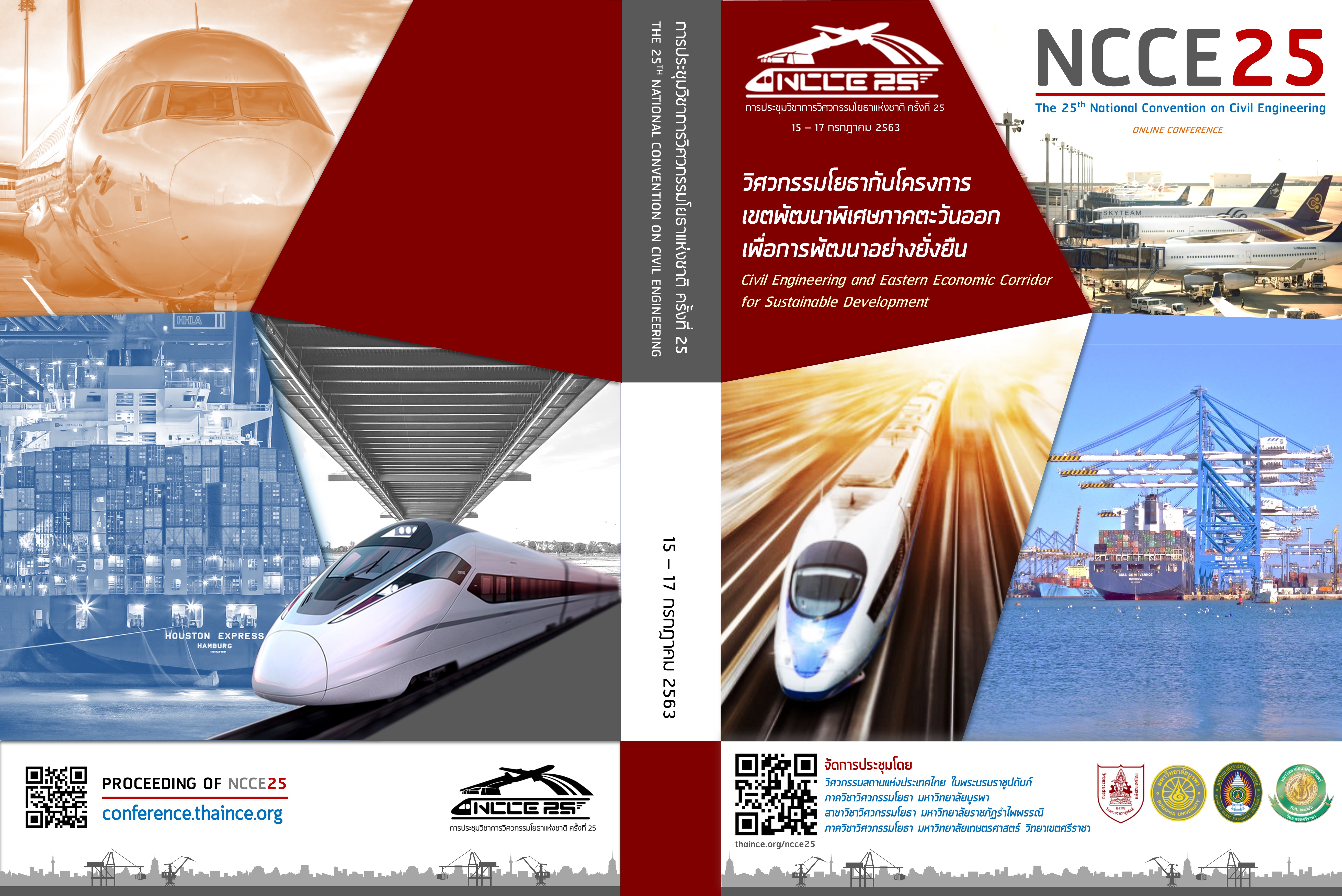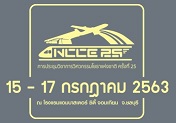A Study of the Reinforcement of Steel Plates into RC Cantilever Stairs to Reduce Vibration Effects from Human Walking Activities
Abstract
Static loadings resistance is always the first design criteria. However, further investigation should also be conducted for a structure like floors, bridges, and stairs which are subjected to dynamic loadings in the form of human activities such as walking, running, or jumping; these loadings often result in vibrational effects associated with the user’s comfort. While most researches were mostly about walking force on flat surfaces, this study will mainly focus on reinforced concrete cantilever staircase which has been reported to encounter a significant level of vibration due to periodic walking motion. Therefore, this paper presents the attempt to study the characteristics and response of RC cantilever stair design once being subjected to human-induced vibration and to propose the application of extra reinforcing steel used to lessen the dynamic effects. Numerical analysis is done on an RC cantilever stairs model having dimensions of 100 centimeters in length, and 25 centimeters in width. To keep the concept of “modern” structures, the thickness is maintained to be only 10 centimeters. Both ascending and descending motions are performed, and acceleration data is collected for evaluation. For the proposed reinforcement measures to be proven effective, several parameters must satisfy the recommended design criteria which are shear force, bending moment, deflection, and acceleration. The benefits of implementing this project are reducing user’s discomfort due to vibration within the staircase structure by introducing innovative reinforcement patterns while still maintaining slender dimensions as specified in the architectural plans.
Keywords: RC cantilever stair, human walking load, vibration on stair, human comfort vibration
Downloads
References
[2] Chopra AK (1995). Dynamics of structures theory and applications to earthquake engineering.
[3] Gaile L and Radinsh I. (2013). Footfall Induced Forces on Stairs. CIVIL ENGINEERING’13 60.
[4] Hibbeler RC. (2005). Mechanics of materials. Mechanical Engineering 2: 0904472.
[5] Kerr SC (1998). Human induced loading on staircases, University of London.
[6] Mohammed AS and Pavic A. (2017). Effect of Walking people on Dynamic Properties of Floors. Procedia engineering 199: 2856-2863.
[7] Murray TM (2016). Structural vibrations due to human activity. What's old? What's new? What's hot?, VirginiaTech Invent The Future.
[8] Murray TM, Allen DE, et al. (1997). Floor vibrations due to human activity.
[9] Natchanon Sukjam PW (2018). A study of vibration of ladder concrete due to human behavior. Civil engineering, Burapha University. Bachalor Engineering: 79.
[10] Nguyen H (2013). Walking induced floor vibration design and control, Ph. D. Thesis, Swinburne University of Technology, Melbourne, VIC, Australia.
Downloads
Published
How to Cite
Issue
Section
License
บทความทั้งหมดที่ได้รับการคัดเลือกให้นำเสนอผลงานในการประชุมวิชาการวิศวกรรมโยธาแห่งชาติ ครั้งที่ 25 นี้ เป็นลิขสิทธิ์ของ วิศวกรรมสถานแห่งประเทศไทย ในพระบรมราชูปถัมภ์



